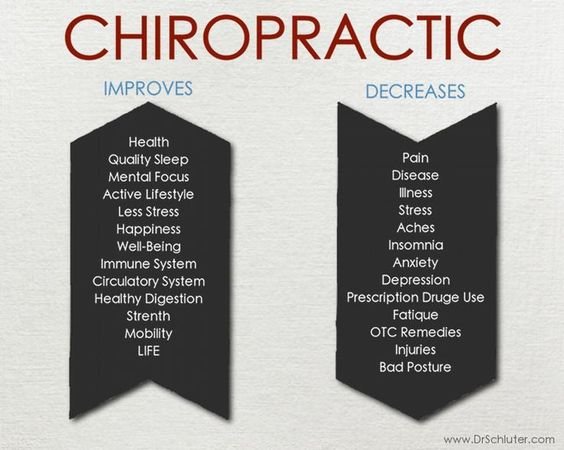Cold Laser Therapy: Myths Vs. Facts
Cold Laser Therapy: Myths Vs. Facts
Blog Article
Composed By-Brady Udsen
You may have heard contrasting information regarding cold laser therapy, wondering what holds true and what's not. As you weigh the misconceptions against the facts, it's necessary to separate misunderstandings from clinical evidence. Comprehending the benefits and possible threats can help you make educated decisions about including this ingenious therapy into your medical care routine.
Common Misconceptions
Typical false impressions regarding cold laser therapy can cause confusion and suspicion amongst clients seeking option therapies. One prevalent myth is that cold laser therapy entails making use of dangerous radiation. Actually, cold laser treatment uses low-level laser light that doesn't create heat or create damage to tissues.
One more misunderstanding is that cold laser treatment is painful, when in fact, it's a non-invasive and pain-free procedure. Some people also think that cold laser therapy is only reliable for surface-level problems, such as skin problem. Nevertheless, research has actually revealed its performance in dealing with a wide range of conditions, including musculoskeletal injuries and persistent pain.
Furthermore, there's a false impression that cold laser therapy produces immediate outcomes after a solitary session. While some clients may experience alleviation after one treatment, a collection of sessions is commonly recommended for optimal outcomes. By resolving these false impressions, clients can make educated decisions regarding including cold laser therapy into their medical care program.
Scientific Evidence
Mistaken beliefs regarding cold laser treatment can be resolved by taking a look at the clinical evidence sustaining its efficiency. Many studies have actually explored the effectiveness of cold laser treatment in different clinical problems, such as pain monitoring, tissue repair work, and inflammation decrease. Research has actually shown that cold laser therapy can assist increase the healing process by promoting mobile fixing and improving blood circulation in the targeted location.
In a research released in the journal Discomfort Research study and Administration, scientists located that cold laser treatment substantially decreased pain degrees in individuals with persistent neck pain compared to a placebo treatment.
stamford ct weight loss center in the Journal of Rheumatology demonstrated the positive effects of cold laser therapy in reducing swelling and enhancing joint feature in people with rheumatoid arthritis.
Conveniences and Dangers
What're the potential advantages and dangers related to cold laser therapy?
laser therapy for back pain reviews provides various benefits such as lowered swelling, pain relief, and increased tissue repair service. By advertising mobile feature and flow, it can help in healing injuries, decreasing swelling, and enhancing series of activity. In addition, this non-invasive therapy is commonly fast, pain-free, and requires no downtime, making it a hassle-free option for several individuals.
However, like any type of clinical procedure, cold laser treatment does include some dangers. While unusual, prospective adverse effects may include light prickling, temporary skin inflammation, or a minor rise hurting. It's critical to ensure that the treatment is provided by a certified healthcare expert to lessen any kind of damaging results and make the most of the advantages.
Moreover, cold laser therapy might not be suitable for every person, especially individuals with specific medical problems or expectant females, so seeking advice from a healthcare provider prior to beginning therapy is vital to determine its relevance for your particular circumstance.
Conclusion
To conclude, cold laser therapy is a risk-free and effective therapy alternative for bone and joint injuries and chronic pain conditions, regardless of common mistaken beliefs.
Scientific evidence supports its advantages in lowering swelling, accelerating cells repair work, and improving cellular feature.
While numerous sessions may be needed for optimal results, the non-invasive nature of cold laser treatment makes it a valuable restorative option for those looking for pain administration and recovery.
